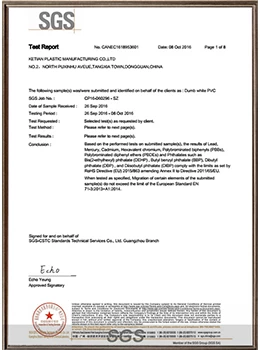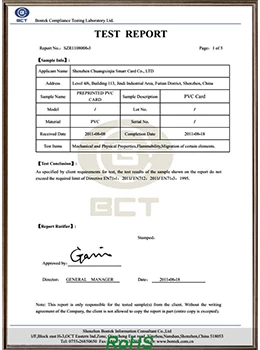Addressing NFC Card Copying Concerns: Understanding the Risks and Safeguards
The proliferation of NFC (Near Field Communication) technology has brought unparalleled convenience to our daily lives, enabling seamless interactions between devices and facilitating contactless transactions. However, as with any technology, concerns about security vulnerabilities, particularly regarding the copying of NFC cards, have emerged. In this article, we'll delve into the intricacies of NFC card copying, exploring the risks involved and the safeguards in place to mitigate them.

Understanding NFC Card Copying:
NFC cards, like any other form of digital data storage, are susceptible to copying or cloning by malicious actors. The process typically involves intercepting and replicating the data transmitted between an NFC card and a reader, allowing unauthorized individuals to create counterfeit copies of the card.
Risks Associated with NFC Card Copying:
1. Unauthorized Access:Perhaps the most significant risk of NFC card copying is the potential for unauthorized access to sensitive information or restricted areas. If a malicious actor successfully clones an NFC access card, they could gain entry to secure facilities, compromising safety and confidentiality.
2. Identity Theft: NFC cards containing personal or financial data, such as contactless credit cards or ID badges, are susceptible to cloning for the purpose of identity theft. Once cloned, the copied card can be used fraudulently to make purchases or impersonate the legitimate cardholder.
3. Data Breaches: In corporate environments where NFC cards are used for authentication or data access, the cloning of these cards poses a significant risk of data breaches. Unauthorized individuals could exploit cloned cards to infiltrate networks, access sensitive information, or disrupt
operations.Safeguards Against NFC Card Copying:
1. Encryption and Authentication: To mitigate the risk of NFC card copying, manufacturers implement encryption and authentication mechanisms to safeguard the data transmitted between cards and readers. Advanced encryption algorithms and authentication protocols make it more challenging for unauthorized individuals to intercept and replicate NFC card data.
2. Tamper-Resistant Design: Many NFC cards are designed with tamper-resistant features, such as secure elements or embedded chips, to prevent cloning attempts. These physical security measures make it more difficult for attackers to tamper with or extract data from NFC cards without detection.
3. Dynamic Data Authentication Some NFC cards employ dynamic data authentication techniques, where the data transmitted between the card and the reader changes with each interaction. This dynamic data makes it virtually impossible for attackers to clone the card successfully, as the cloned copy would quickly become obsolete.

Conclusion:
While the copying of NFC card poses inherent security risks, the implementation of robust encryption, authentication, and tamper-resistant design measures helps mitigate these risks and safeguard sensitive data. As NFC technology continues to evolve, manufacturers and security experts remain vigilant in developing and implementing innovative safeguards to protect against card copying and unauthorized access. By understanding the risks and adopting best practices for NFC card security, individuals and organizations can confidently leverage the benefits of NFC technology while minimizing the associated vulnerabilities.









